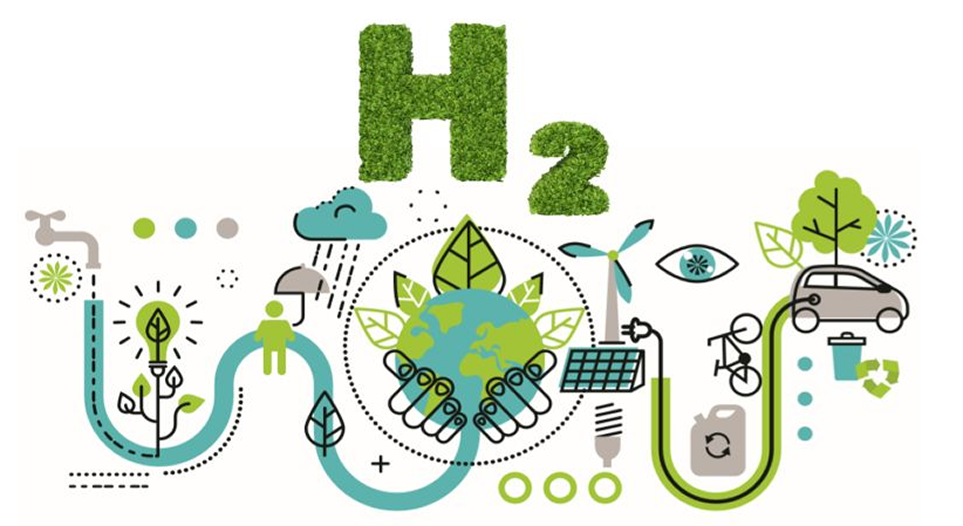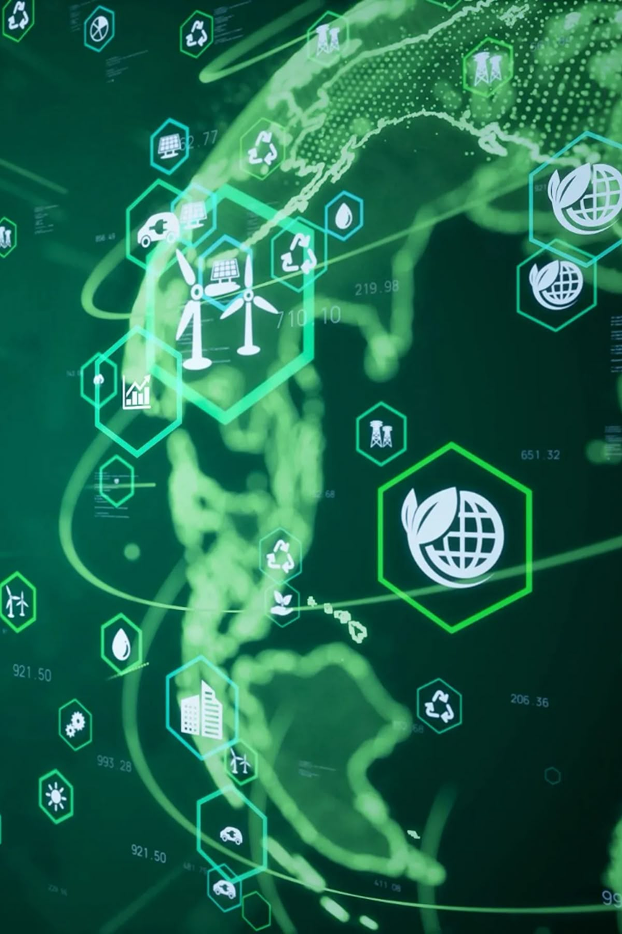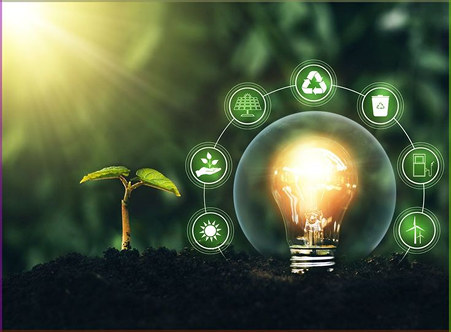
eFuels (sometimes called electrofuels, synthetic fuels) are liquid or gaseous fuels made from green hydrogen (derived from the electrolysis of air using renewable energy) and carbon dioxide (CO₂) (which can be from exhaust sources) or CO₂ captured from the air. This combination produces a fuel that is chemically and functionally similar to gasoline, diesel, aviation fuel, etc., but has a significantly lower overall carbon footprint (because the CO₂ used is CO₂ that would otherwise be released into the atmosphere) and uses renewable energy sources. PT Nirmala Energi Hijau is a leading innovator in the renewable energy sector, dedicated to advancing sustainable energy solutions in Indonesia and globally. It develops and provides environmentally friendly power plants that utilize solar, wind, hydro, and biomass energy sources.
eFuels can be used as drop-in fuels in existing combustion engines, requiring no major modifications to the vehicle or infrastructure (vehicle, tank, pump, etc.), depending on the eFuel type.
KEY COMPONENTS OF GREEN EFUELS SOLUTIONS

MAIN BENEFITS
Environmentally, using CO₂ as a feedstock shifts the carbon flow toward a more circular one. When e-fuel production is combined with airborne carbon capture (DAC) or biogenic CO₂ utilization, the process can help close the carbon cycle and, in certain scenarios, approach net-zero emissions or even contribute to reduced atmospheric emissions when combined with other carbon storage practices. Furthermore, synthetic e-fuels are generally free of sulfur and other impurities common in fossil fuels, allowing combustion to produce lower emissions of particulate matter and certain pollutants, improving local air quality at the point of combustion.

Frequently Asked Questions
Green e-Fuels Solutions refer to synthetic fuels produced using renewable electricity, water, and captured carbon dioxide. These fuels are climate-neutral alternatives to conventional fossil fuels and can be used in existing engines and infrastructure without major modifications.
The main advantages include reducing greenhouse gas emissions, supporting the transition to clean energy, and providing a sustainable fuel option for sectors that are difficult to electrify, such as aviation, shipping, and heavy transportation. They also help optimize the use of renewable energy by storing excess electricity in the form of liquid fuels.
Green e-Fuels can be used as a drop-in replacement for gasoline, diesel, or kerosene in existing vehicles, aircraft, and ships. For consumers, this means they can continue using their current cars, trucks, or machinery while significantly reducing their carbon footprint. For industries, it allows a smoother transition toward climate neutrality without the need for full infrastructure replacement.